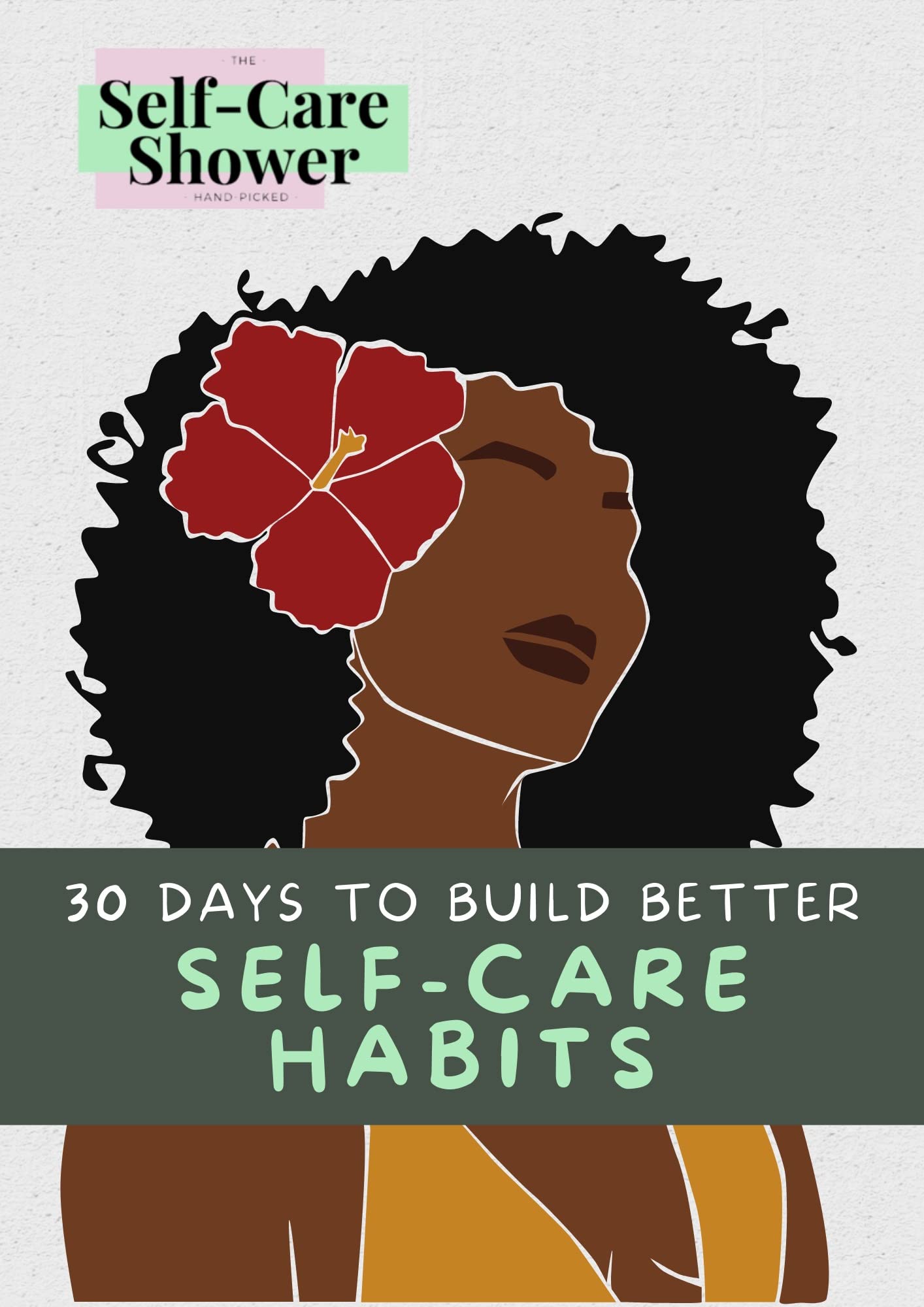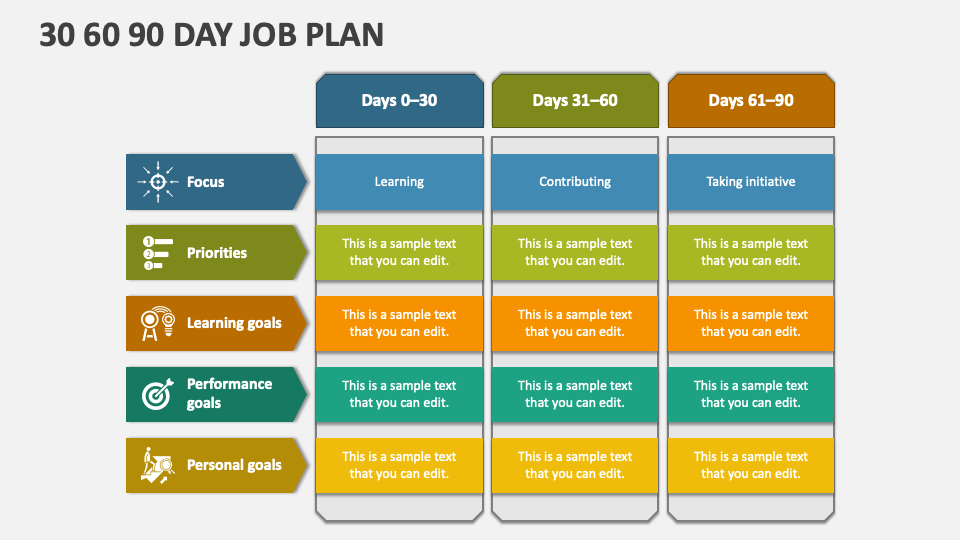Embarking on my journey as a Shutterstock seller has been both exciting and challenging. Over the past 30 days, I have navigated the platform, learned the ins and outs of selling stock images, and discovered what it takes to succeed in the competitive world of stock photography. In this blog post, I will share my experiences and insights, providing a snapshot of my journey and tips for aspiring sellers.
Introduction to My Shutterstock Journey

My Shutterstock journey began with a curiosity about the world of stock photography and a desire to monetize my passion for photography. The prospect of sharing my images on a global platform and earning money while doing something I love was incredibly appealing. I decided to dive headfirst into the creative process, researching best practices and tips for standing out among millions of contributors. I also familiarized myself with the types of images that sell well on Shutterstock, including concepts such as trends, color moods, and subject matter that resonates with buyers. Understanding the importance of quality and consistency in my submissions was key. Throughout the last month, I have gathered experiences ranging from selecting the right images, crafting effective keywords, and engaging with the community of buyers and other contributors. I’ve also faced challenges, including understanding Shutterstock‘s guidelines and staying motivated amidst the ups and downs of sales fluctuations.
Getting Started with Shutterstock

Getting started as a Shutterstock seller involves several critical steps:
- Creating an Account: The first step is to sign up as a contributor. This process is straightforward but requires you to submit a few example images for approval.
- Understanding Requirements: Familiarizing yourself with the submission guidelines helps ensure your images meet Shutterstock’s quality standards.
- Keyword Optimization: Effective keywording increases visibility. It’s vital to choose the right tags that buyers are likely to search for.
- Building a Portfolio: Consistency is essential. Submitting a variety of high-quality images can create a diverse portfolio that appeals to a wider audience.
- Engaging with the Community: Interacting with other sellers and potential buyers can provide valuable insights and encouragement.
By following these steps, new contributors can create a strong foundation for their Shutterstock journey and position themselves for success in the stock photography market.
Understanding the Submission Process
Starting your journey as a new Shutterstock seller can be both exciting and a bit daunting, especially when it comes to the submission process. But don’t worry; I’m here to break it down for you in a straightforward way.
First things first, you’ll need to create your Shutterstock account if you haven’t already. Once you’re signed up, the actual submission process is pretty seamless. Here are the key steps:
- Prepare Your Content: Ensure your images or videos meet Shutterstock‘s technical requirements. This includes resolutions, formats, and file sizes. For photos, aim for at least 4 MP for optimal quality.
- Add Keywords: This is crucial—keywords help potential buyers find your content. Think about what terms users might search for when looking for images similar to yours.
- Write Captivating Descriptions: Your description should provide context for your content. Aim for clarity and relevance to draw potential customers in.
- Submit for Review: Once everything is ready, you hit that submit button! Your content will then go through a review process, which usually takes a few days.
- Monitor Your Submissions: Keep track of your submissions in your contributor dashboard. This is where you can also see what gets accepted or rejected and why.
Understanding these steps can dramatically improve your chances of success on the platform. Accepting feedback and evolving based on what works will only enhance your skills and content quality. Plus, staying organized throughout the process will take a lot of pressure off!
Types of Content that Sell Well on Shutterstock
Knowing what types of content resonate with buyers can give you a significant advantage when selling on Shutterstock. Fortunately, there are some popular categories that consistently perform well. Here’s a breakdown of content types you should consider focusing on:
| Content Type | Why It Sells |
|---|---|
| High-Quality Photos | Images with strong composition, lighting, and clarity attract buyers looking for professional visuals. |
| Vectors | Scalable and versatile, vectors are favored in marketing and branding for their adaptability. |
| Video Clips | With video content on the rise, high-quality clips can significantly amplify your sales potential. |
| Conceptual and Abstract Art | These unique pieces can help brands tell a story, making them rich contenders for commercial use. |
| Trendy Topics | Keep an eye on popular trends and current events. Content that aligns with contemporary subjects often garners more interest. |
Ultimately, the key is to combine quality with relevance. Ensure your submissions not only look good but also meet the needs of potential buyers. And remember, if you’re passionate about the content you create, it will show through and connect with your audience more effectively!
Tips for Optimizing Your Shutterstock Portfolio
As a new seller on Shutterstock, optimizing your portfolio is key to increasing visibility and sales. Here are some practical tips that helped me enhance my portfolio:
- Quality Over Quantity: Focus on producing high-quality images rather than flooding your portfolio with mediocre shots. A strong collection of 30-50 standout pieces can be more impactful than hundreds of average photos.
- Diverse Subject Matter: Variety can attract more buyers. Include different themes, styles, and subjects. Think about what types of images are in high demand and try to incorporate those into your portfolio.
- Use Relevant Keywords: Keywords are your best friend! Spend time researching what keywords buyers use to search for images. Use a mix of broad and specific terms to maximize your exposure.
- Consistent Style: Develop a consistent visual style that reflects your brand. This helps in creating a recognizable portfolio, making it easier for buyers to identify your work.
- Regular Updates: Keep your portfolio fresh by regularly adding new content. This not only increases your visibility but also shows that you’re an active contributor.
- Engage with Trends: Stay updated on current trends in photography and design. Create content that aligns with popular styles, themes, and seasonal trends.
By following these tips, you can effectively enhance your Shutterstock portfolio, make it more appealing to potential buyers, and ultimately boost your sales!
Challenges Faced and Lessons Learned
The journey of becoming a successful Shutterstock seller hasn’t been without its challenges. Here are some hurdles I faced along the way and the valuable lessons I learned:
- Understanding the Market: Initially, I struggled to grasp what types of images were in high demand. I learned the importance of researching trends and buyer preferences to tailor my content.
- Dealing with Rejections: Not all submissions were accepted, which was disheartening. However, I learned to take constructive criticism positively. Rejections often came with feedback that helped me improve my skills.
- Time Management: Balancing content creation with other responsibilities was tough. I learned to set a schedule for shooting, editing, and uploading to maintain consistency while ensuring quality.
- Marketing Myself: Initially, I didn’t focus on promoting my portfolio. I realized the importance of active marketing and networking within the Shutterstock community to gain visibility.
- Patience is Key: Sales didn’t happen overnight. I learned that building a successful portfolio is a marathon, not a sprint. Consistency and perseverance pay off in the long run!
These challenges have turned into valuable lessons that not only improved my selling skills on Shutterstock but also helped me grow as a creator. Embracing failures and adapting is essential for long-term success.
Marketing Your Work and Gaining Visibility
When it comes to selling on platforms like Shutterstock, creating great content is just half the battle. Marketing your work effectively is crucial for gaining visibility and getting your images in front of potential buyers. Here are some strategies that have worked for me:
- Utilize Social Media: Platforms like Instagram, Pinterest, and Facebook are fantastic for showcasing your images. Create a dedicated account for your Shutterstock portfolio and share your best work regularly. Don’t forget to engage with your audience—respond to comments and join photography-focused groups.
- Networking: Connecting with other photographers and creatives can lead to collaborations, exposure, and support. Attend local art shows, workshops, or webinars where you can share your work and ideas.
- SEO for Your Photos: Optimize your titles, descriptions, and tags. The right keywords can significantly increase the chances of your images being found in searches. Think about what potential buyers might be searching for and tailor your metadata accordingly.
- Join Online Communities: There are various forums and groups dedicated to stock photography. By sharing your experiences and seeking feedback, you can improve your craft and potentially gain followers who appreciate your work.
- Blogging or Vlogging: Consider starting a blog or YouTube channel to share your journey as a stock photographer. Discussing your techniques, experiences, and challenges can engage an audience and direct traffic to your Shutterstock portfolio.
By implementing these strategies and being consistent, you’ll gradually begin to see more interest in your work. Remember, visibility takes time, so be patient and keep improving your marketing skills along the way!
Insights on Earnings and Payouts
One of the most frequently asked questions by newcomers in the stock photography industry is about earnings and payouts. Understanding this can set realistic expectations and keep you motivated. Here’s what I’ve learned in my first month:
- Earnings Per Download: On Shutterstock, your earnings per download can vary based on the type of license purchased. Generally, contributors can earn anywhere from $0.25 to $2.85 per image download, depending on your contributor earnings tier and the buyer’s subscription plan.
- Tier System: The more you upload and the more your images get downloaded, the higher your tier level will be, which increases your payout per download. This tier system incentivizes contributors to create and upload quality content regularly.
- Monthly Payouts: Shutterstock pays contributors once a month, but you need to reach a minimum threshold of $35 before you can cash out. It’s essential to monitor your earnings and plan your uploads accordingly to meet this threshold.
- Passive Income Potential: A significant benefit of stock photography is that your images can continue to earn money long after they are uploaded. With a well-managed portfolio and a steady flow of uploads, you can develop a sustainable income stream over time.
Total transparency is key here; my earnings during my first month were modest, but I’m optimistic about growth as I refine my skills and increase my uploads. Staying in it for the long haul is essential to seeing significant returns from your hard work!
Building a Sustainable Freelance Business with Shutterstock
Starting my journey as a Shutterstock seller has been more than just a side hustle; it’s the foundation of my new freelance career. Building a sustainable business requires strategy, consistency, and a little bit of creativity. Here are a few key points I’ve learned along the way:
- Understand Your Niche: Finding the right niche is crucial. After experimenting with various subjects, I discovered that nature photography and lifestyle imagery resonate best with buyers. This focus helps streamline my content creation.
- Create High-Quality Content: Quality over quantity! I invest time in learning photography techniques and using editing software. A well-composed, high-resolution image is far more likely to sell than a rushed snapshot.
- Consistency is Key: Regular uploads keep my portfolio fresh and engaging. I aim to upload new content weekly, which not only shows potential buyers that I’m active but also helps the algorithm favor my work.
- Engagement with the Community: Connecting with other contributors has been invaluable. Joining forums and social media groups centered around stock photography lets me share experiences, gain insights, and even collaborate on projects.
- Analyzing Sales Data: Keeping track of which images sell best helps inform my future shoots. I utilize Shutterstock’s analytics tools to understand trends and optimize my portfolio.
By focusing on these areas, I’ve laid the groundwork for a sustainable freelance business through Shutterstock. It’s not just about selling images; it’s about curating a brand and providing value to buyers in need of compelling visuals.
Conclusion and Future Goals as a Shutterstock Seller
As I reflect on my first 30 days as a Shutterstock seller, I’m struck by how much I’ve learned and how it has changed my perspective on photography and freelancing. This journey is just the beginning! My experiences have opened my eyes to new possibilities and areas for growth. Here’s a quick summary of my thoughts on the path ahead:
- Expand My Skill Set: In the coming months, I plan to explore areas beyond photography, such as videography and digital illustrations. Diversifying my offerings will help attract a broader audience.
- Enhanced Marketing Efforts: While my images are great, I know I need to work on promoting my portfolio. I want to harness social media platforms more effectively to showcase my work and connect with potential buyers.
- Networking Opportunities: Building relationships with other creatives has been beneficial, and I aim to attend more industry events and workshops to expand my network further.
- Setting Financial Goals: I intend to set specific income targets and track my progress. This will help me stay motivated and accountable as I strive to make Shutterstock a substantial part of my income.
In conclusion, my first month has been a remarkable, if challenging, experience filled with learning and growth. With my future goals in place, I’m excited to see where this journey takes me as a Shutterstock seller. Here’s to more creativity and success ahead!


